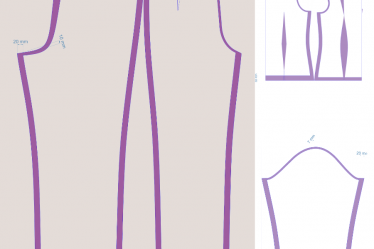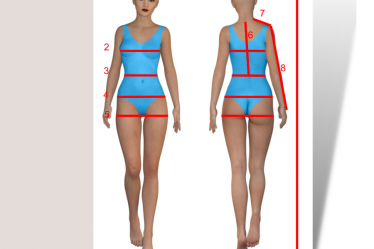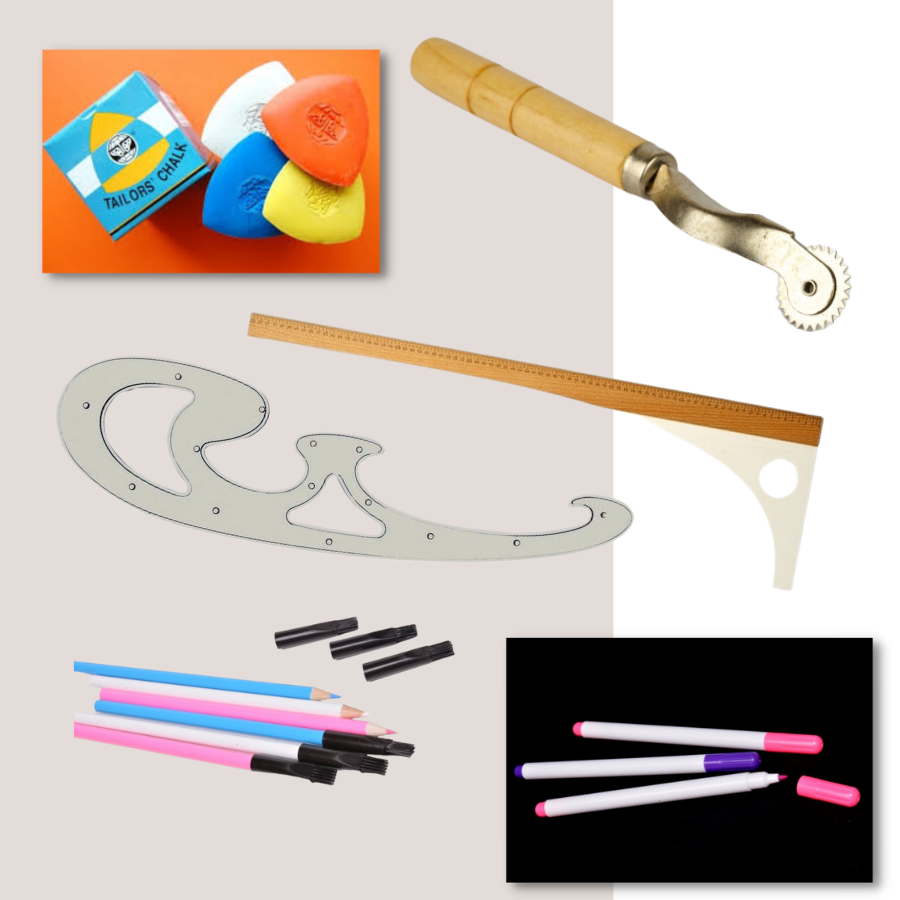
Basic rules for drawing on fabric
- Always fold the fabric face to face.
- On white fabric, use classic white chalk or non-permanent fabric markers (coloured chalks line could shine through, and coloured chalk can leave a hard-to-remove mark on light fabric).
- Also draw the pattern outlines on the mirrored pattern pieces.
- Always draw thin lines; if you are using tailor’s chalk, make sure it has sharp edges.
Classic tailor’s chalk
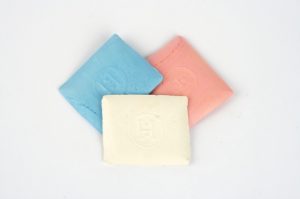
Classic tailor’s chalk is my favourite. I use mainly white chalk, even on a very light material, as it marks very well. Use coloured chalk with care, as it may be very difficult to remove it from some fabrics.
TIP: If you can’t get the chalk off somewhere, try a little trick: take a spool of basting thread and “erase” the chalk line with its edge.
Coloured triangles
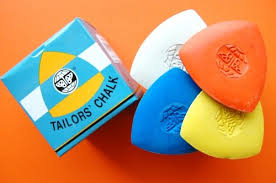
I am not too fond of the coloured soap chalk. Be careful with them and always test first on a piece of fabric whether the marking can be removed.
Non-permanent pencil – marker
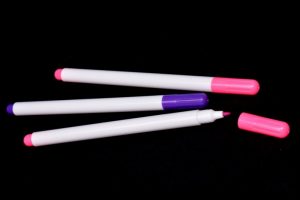
This is a very handy helper. Non-permanent pencil marks disappear over time – some in the air, some by ironing. The downside is impermanence – it is impossible to return to a work in progress after a few days, the outline trace disappears irrevocably and you have to start over again.
Chalk in pencil white
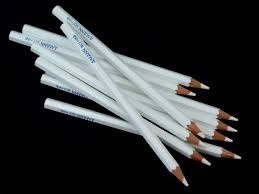
Unfortunately, it does not write on some materials. I personally use it on black material when making handbags, here it shows well and the line is faint. As an alternative, you can use a white Progresso (a woodless graphite pencil encased in plastic).
Chalk in coloured pencil
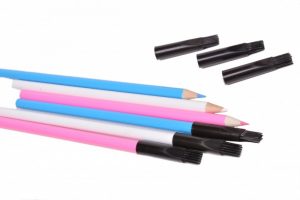
Thanks to its sharp tip, you can draw a very thin line. Removing the pencil from the fabric is easy thanks to the included brush.
Dressmaker’s carbon paper and a tracing wheel
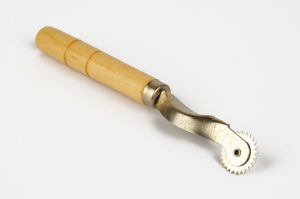
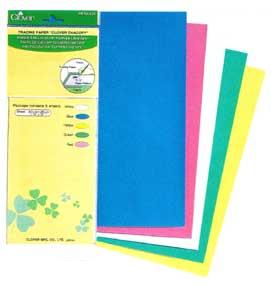
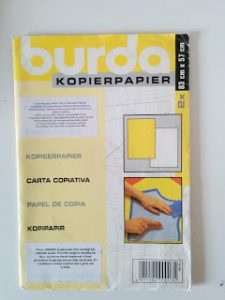
A quick and accurate way to transfer lines onto a mirror pattern piece. When ironed, the lines disappear.
If you don’t have the carbon paper and a tracing wheel, it’s easy to redraw the pattern outlines on the mirror piece using a clip and pin method.
Rulers and curves
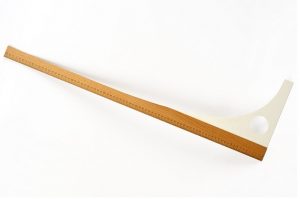

I use these two rulers most often. A large tailor’s ruler with a wooden part and a large curved ruler. I use it for 90% of all curves on patterns. The small plastic curvilinear from the stationery store is enough to finish the remaining curves that can’t be worked with the large curved ruler.
